Click here for the index of the Nanasaba 1st Season Development Diary
Good evening! I’m sou7. Did you catch yesterday’s Day 9 of the Nanasaba 1st Season Development Diary? Now that we’re on Day 10, it feels as though the server has reached a milestone.
Nanairo National Railways – Minahasa Main Line
Today, I will introduce the newly opened Minahasa Main Line.
Route Overview
The Minahasa Main Line starts at the capital, Masaba, and cuts through the central mountainous region toward Paru Prefecture.
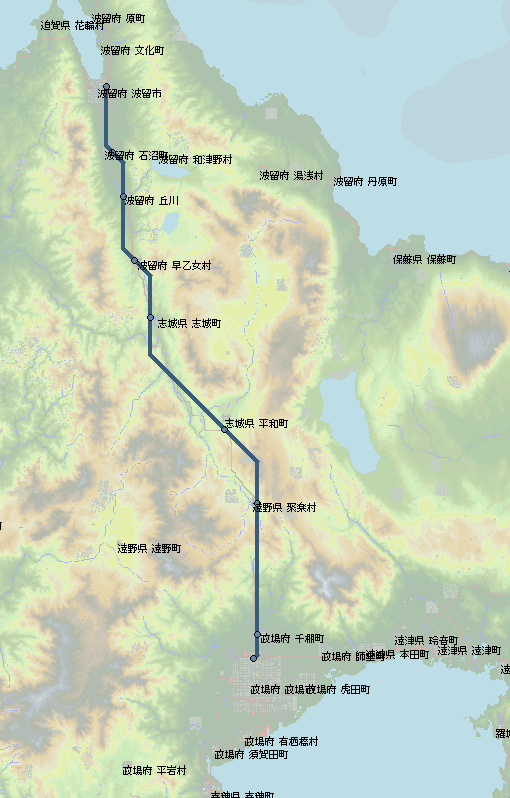
Beyond Paru, the line connects with routes on both the northern and southern sides of the peninsula. For more details, please refer to tomorrow’s development diary. Although this section is not yet operational, it should be open by tomorrow.
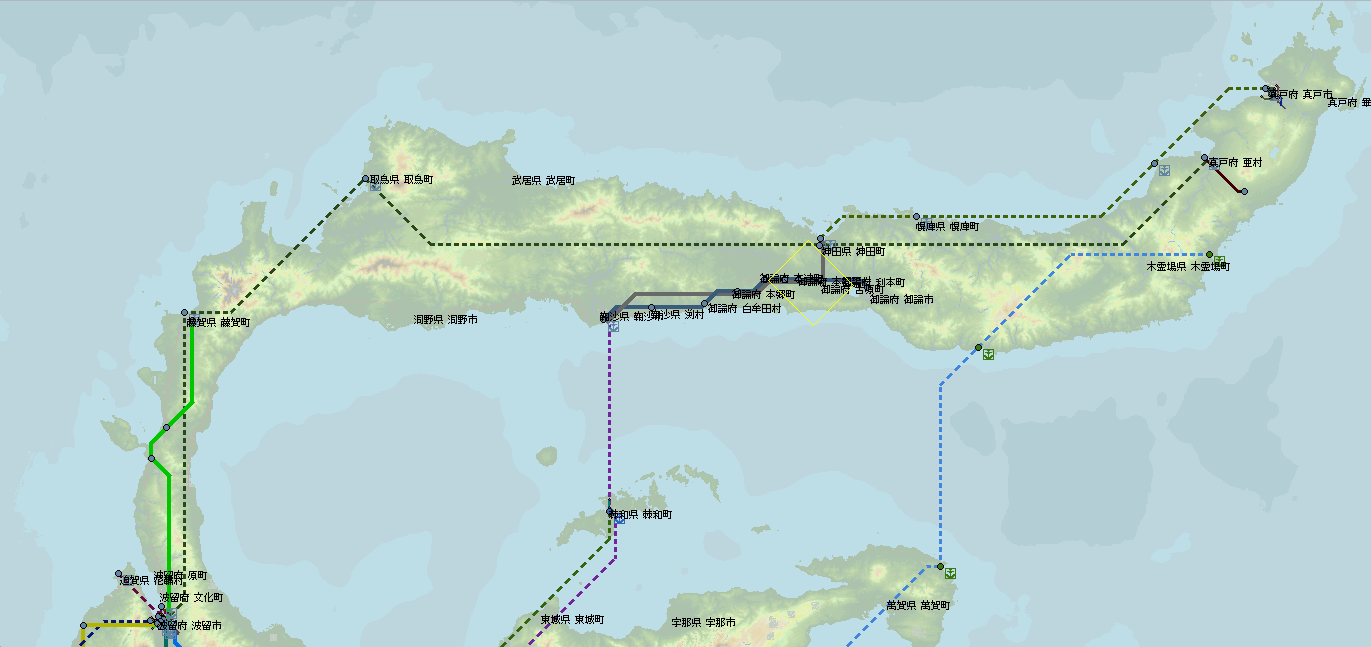
Route Overview
Today, I will introduce the section of the Minahasa Main Line from Masaba North Station to Paru Station. This section is already operational, with passenger trains in service.
Masaba North Station
First, let me introduce the starting point, Masaba North Station. Comparing it with the introduction in the previous entry (Masaba North Station), you’ll notice it has undergone extensive modifications. The Minahasa Main Line now runs on an elevated structure as it enters Masaba North Station.

Sendana Station
Immediately north of Masaba North Station, a town has been developed—Masaba Prefecture Sendana Town. Along the stretch of the Minahasa Main Line through the plains, many towns have been established. In Masaba Prefecture, five towns have already been developed. It will be interesting to see how passenger numbers increase in the future!
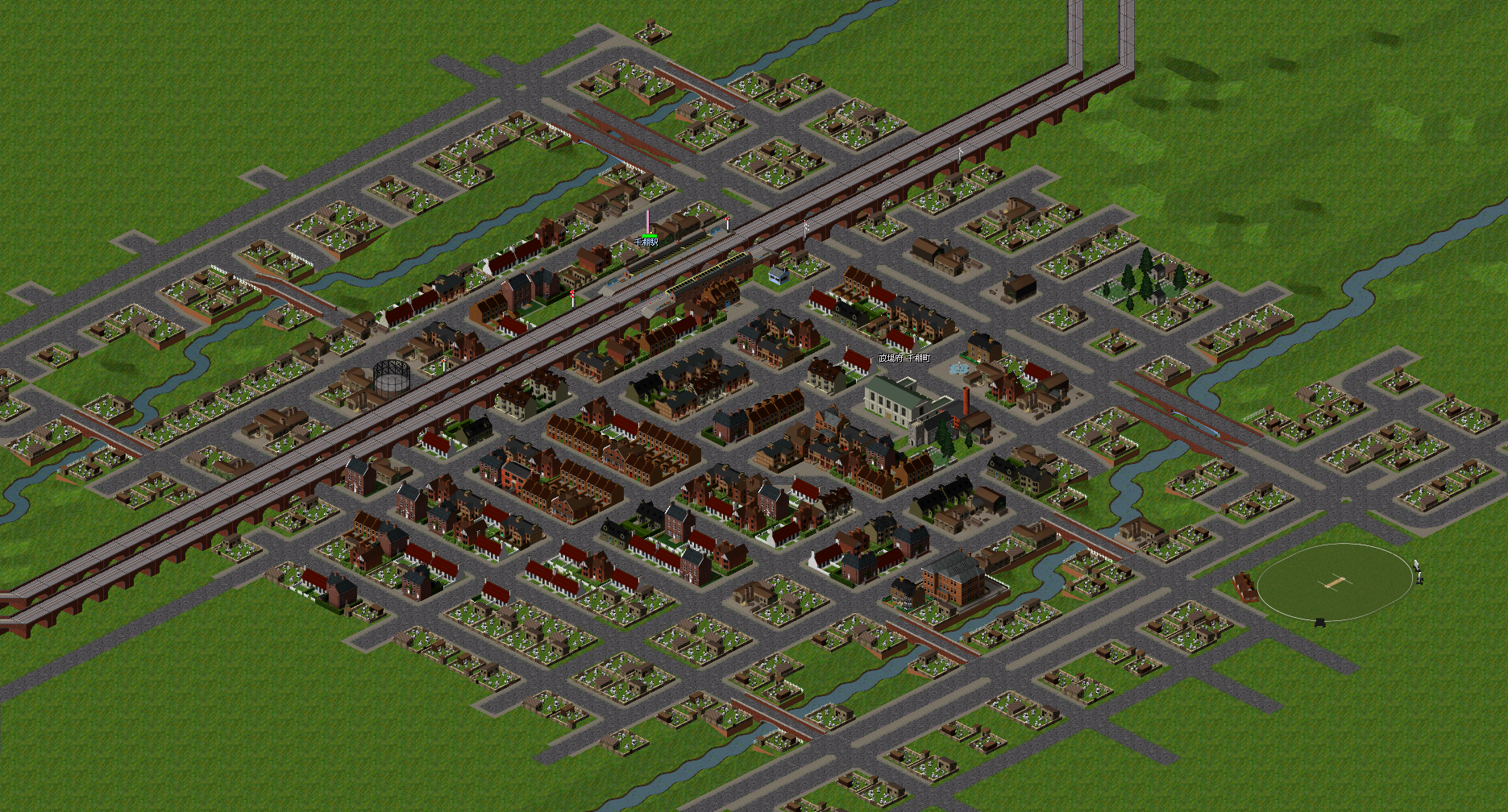
Mountain Pass Section
Once you pass Sendana Station, mountains immediately come into view. These are the mountains located on the border between Masaba Prefecture and Ono Prefecture.
In this section, the line ascends with a very steep gradient. At Sendana Station the altitude is 1, but at the tunnel entrance it must reach an altitude of 12. On the downhill run, you can see steam locomotives climbing the mountain while billowing smoke.
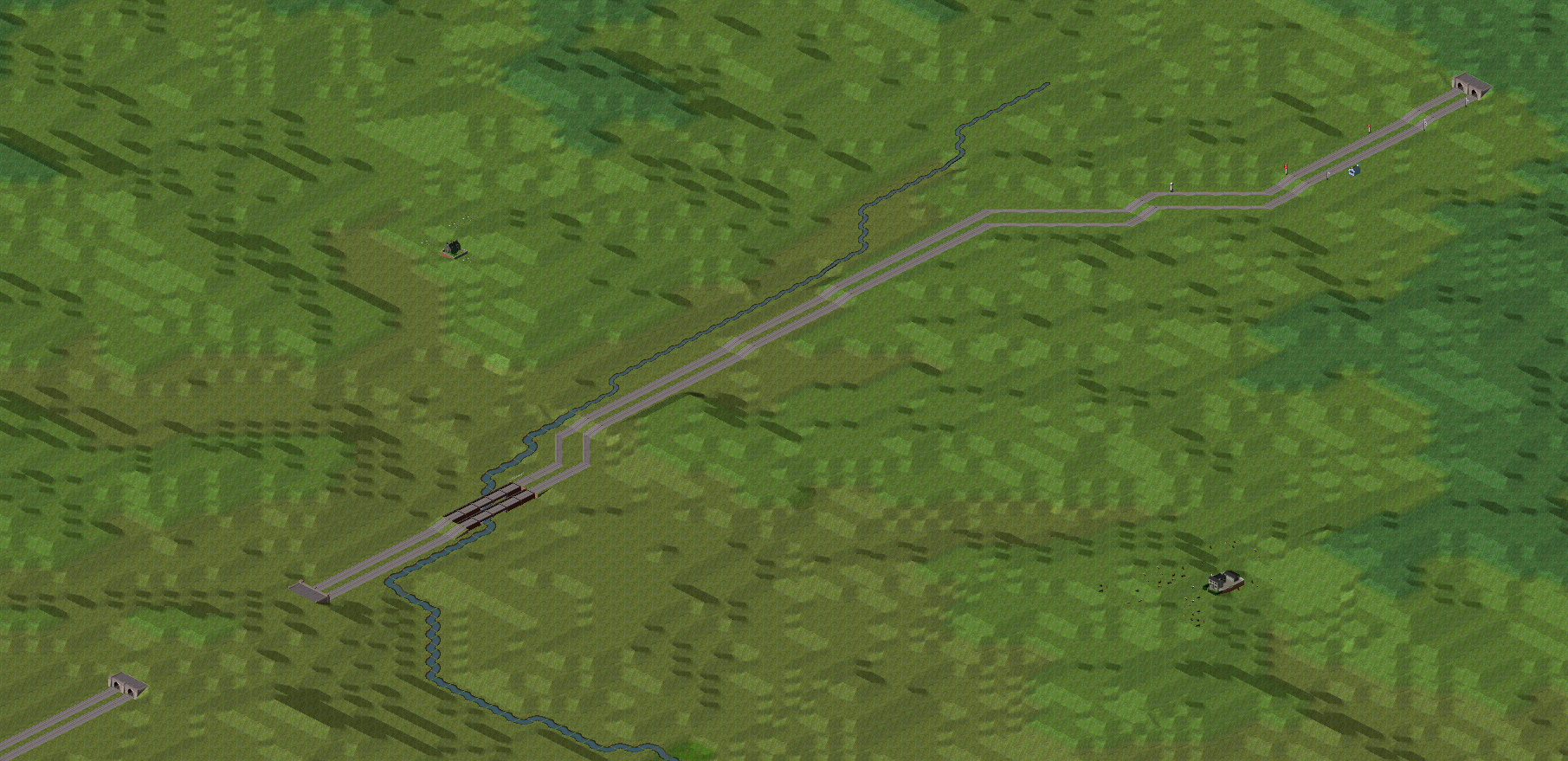
In Nanasaba 1st Season, many rivers were drawn during the preparation stage. This section is no exception; throughout the map, you can witness the interplay of trains and rivers.
After passing through a 6,000-meter-long tunnel, you enter Ono Prefecture. The direction in which the river flows also changes—the rain that falls here eventually flows into the Saikai Region.
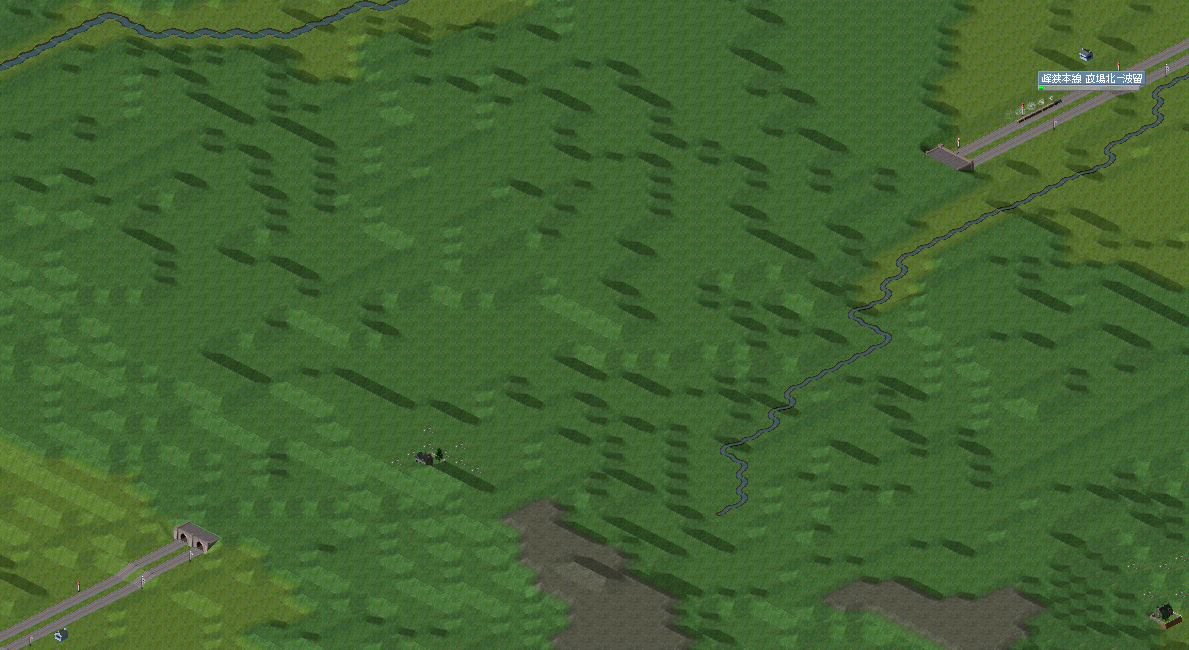
Shuraku Station
Beyond the tunnel lies Shuraku Station. From here on to Paru, there are no large cities; instead, a series of villages and small towns follow.
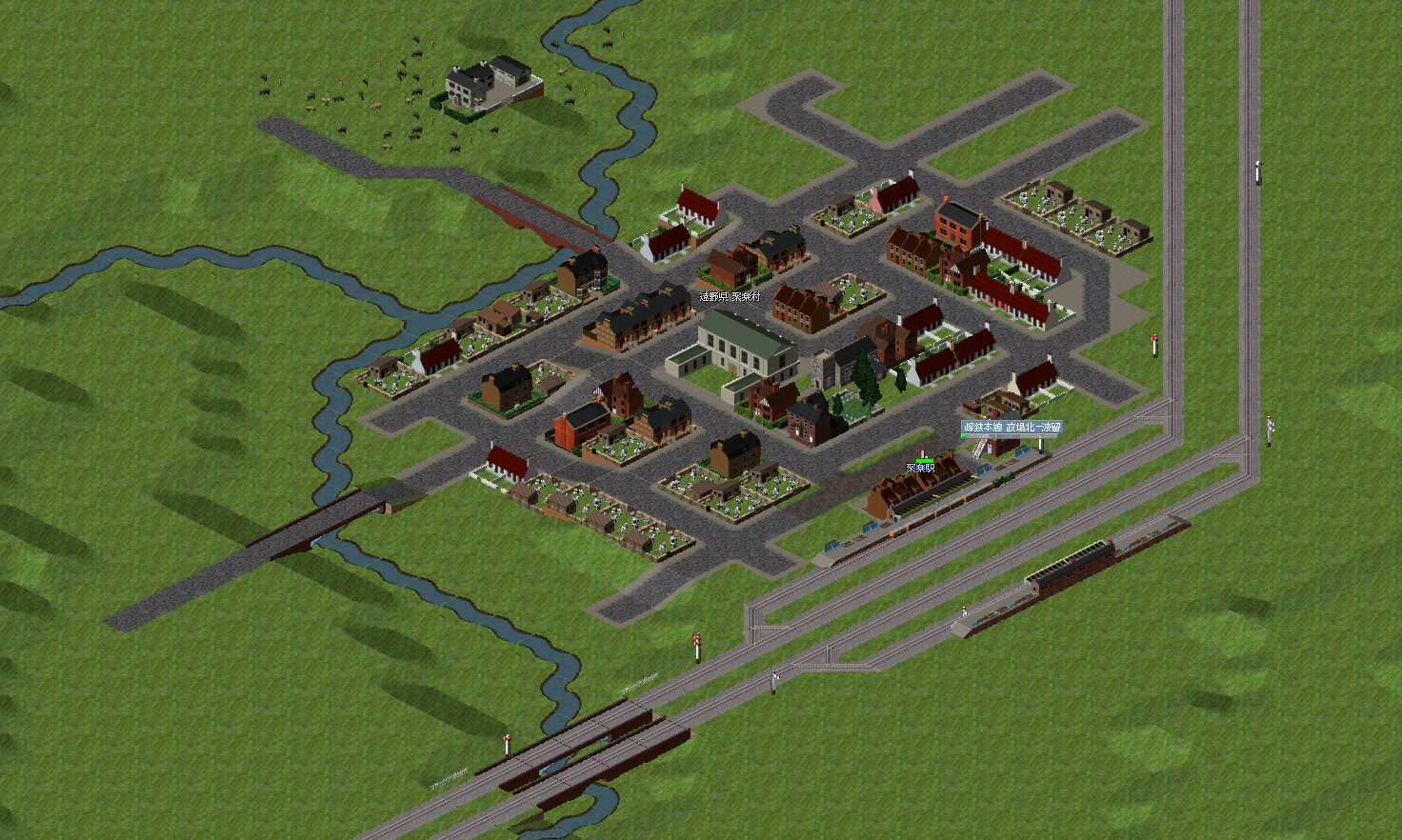
Heiwa Town Station
After Shuraku Station, the line passes through another tunnel. Along the Minahasa Main Line, improved civil engineering techniques have enabled the construction of many long tunnels. After a 6 km tunnel, you arrive at Heiwa Town Station. The station is somewhat removed from the town center, and since there is no connecting line linking the station directly to the main part of the town, residents typically walk to reach it. Nevertheless, compared to the period before the line opened, transportation has become significantly more convenient.
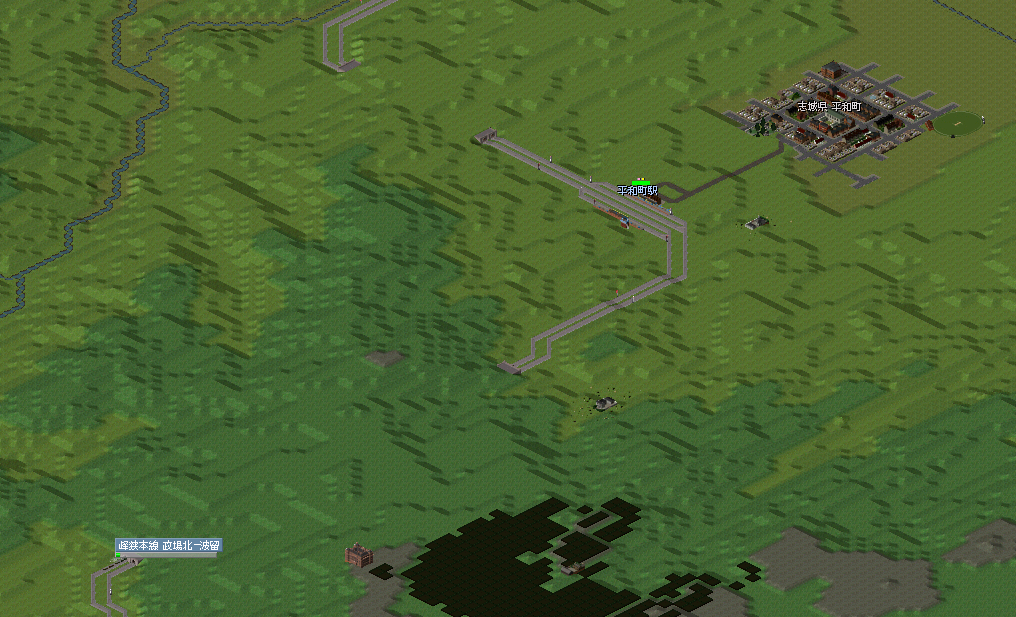
After Heiwa Town Station, the line crosses several rivers. This area is surrounded by steep mountains, leaving very little suitable land for track construction.
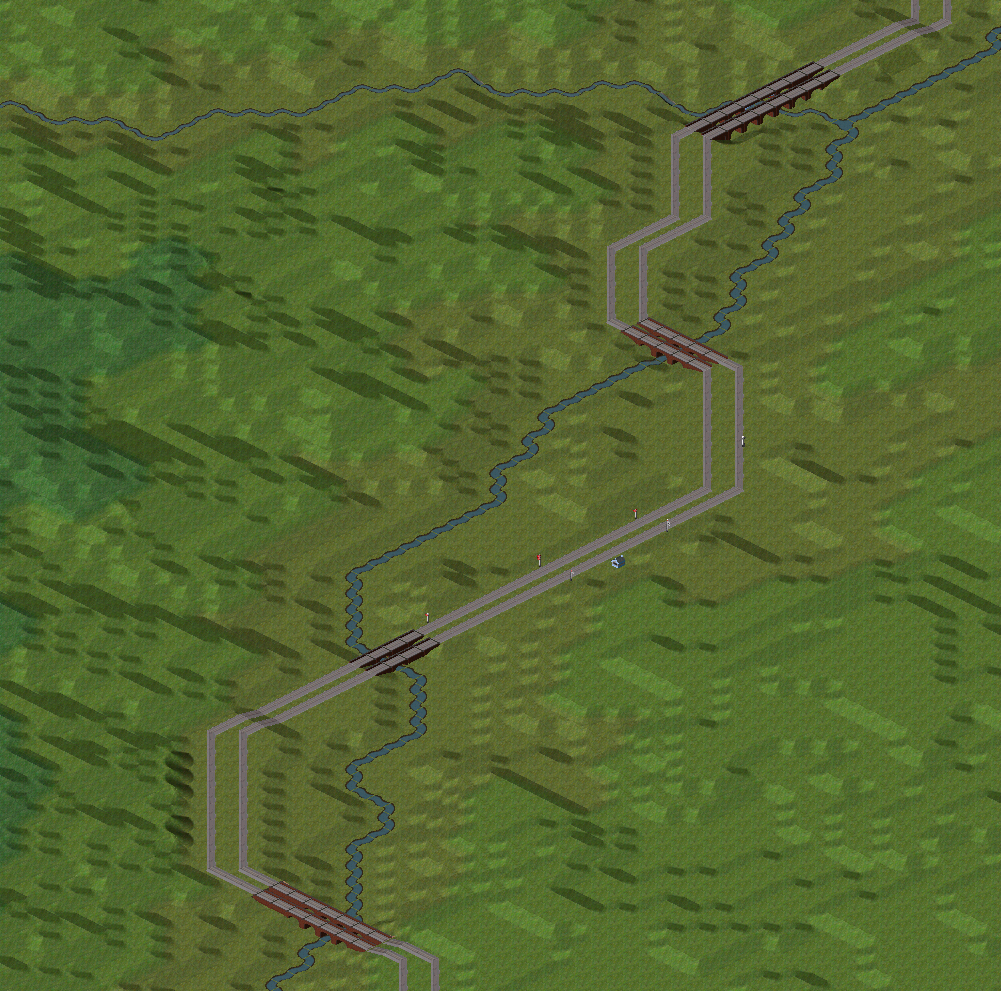
Shigi Station
Beyond that section lies the central city of Shigi Prefecture, Shigi Town. The station was constructed on the opposite side of the river. Although it is the central city, it has a population of only about 2,700 and remains a small town.
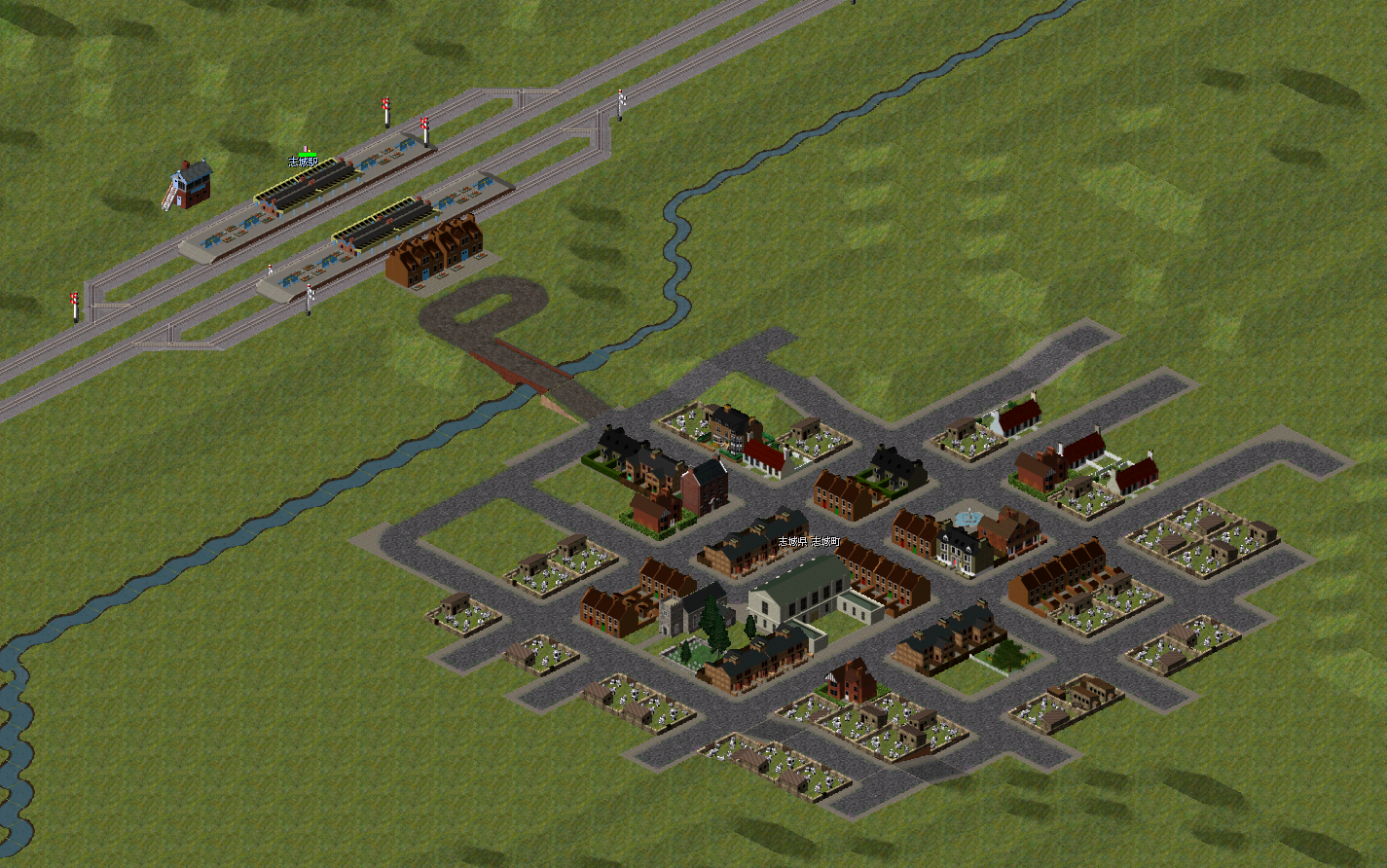
After Shigi Station, the train ascends again along the mountainside. The river running alongside gradually becomes narrower. Yes, another mountain pass awaits.
Saotome Station
After crossing the pass, you enter Paru Prefecture. The direction of the river’s flow changes as well. Saotome Station is located just beyond the pass.

Okagawa Station
Now, as the altitude drops, the plains begin to spread out. At the entrance to the plains is Okagawa Station, notable for its church, which is situated in an exceptionally scenic location.
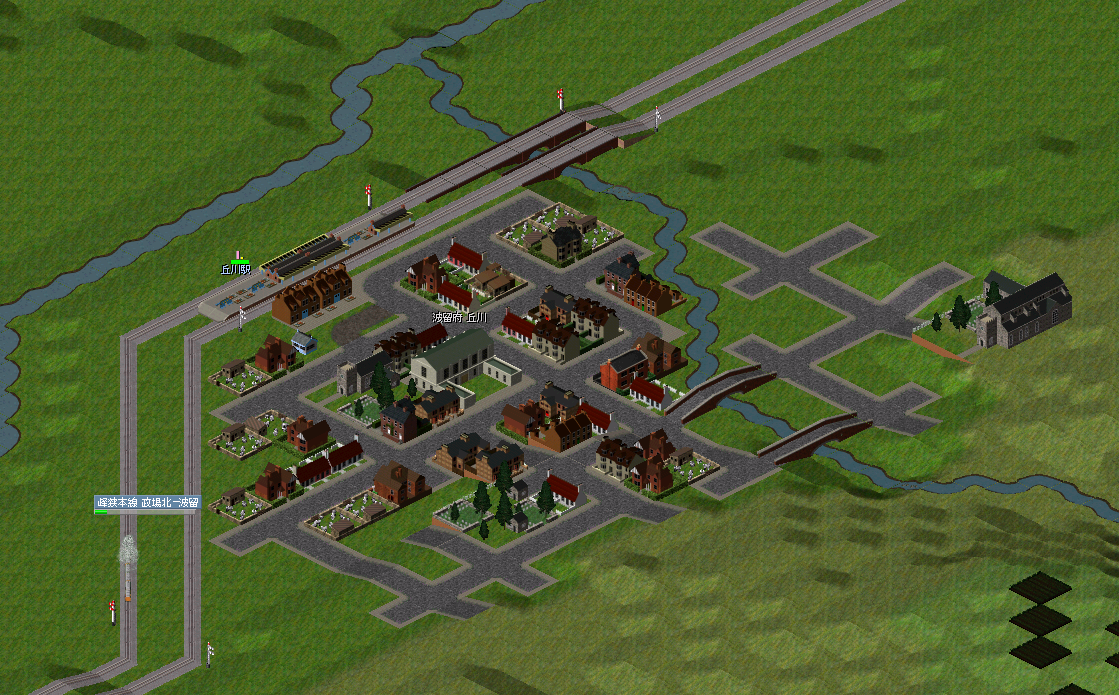
Ishinuma Station
The train runs through a plain flanked by mountains on both sides. A major road connecting to Paru also appears, indicating that you have entered the Paru metropolitan area. At Ishinuma Station, a large number of commuters bound for Paru board the train.
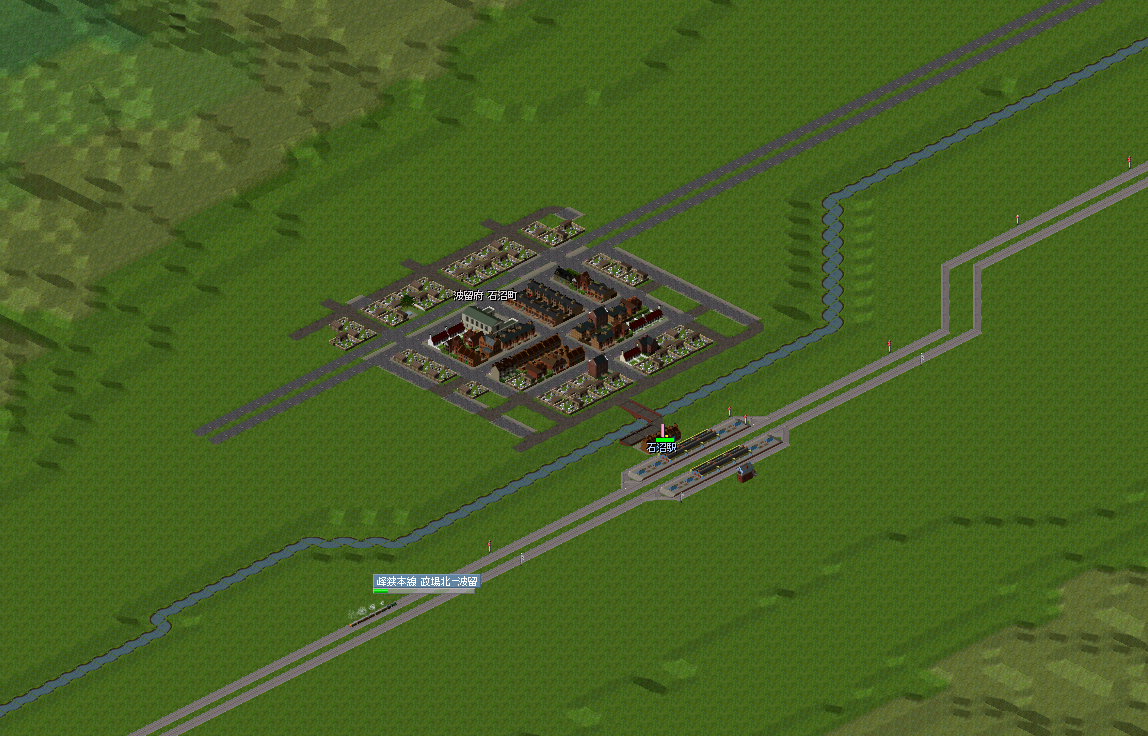
Paru Station
We have finally arrived—this is Paru Station. Paru Station boasts a vast platform with 5 platforms and 8 tracks. It is located at the base of the Minahasa Peninsula and serves as a terminal for trains heading in various directions. It will continue to play an important role in the railway network of Nana-Iro Country, now and in the future.
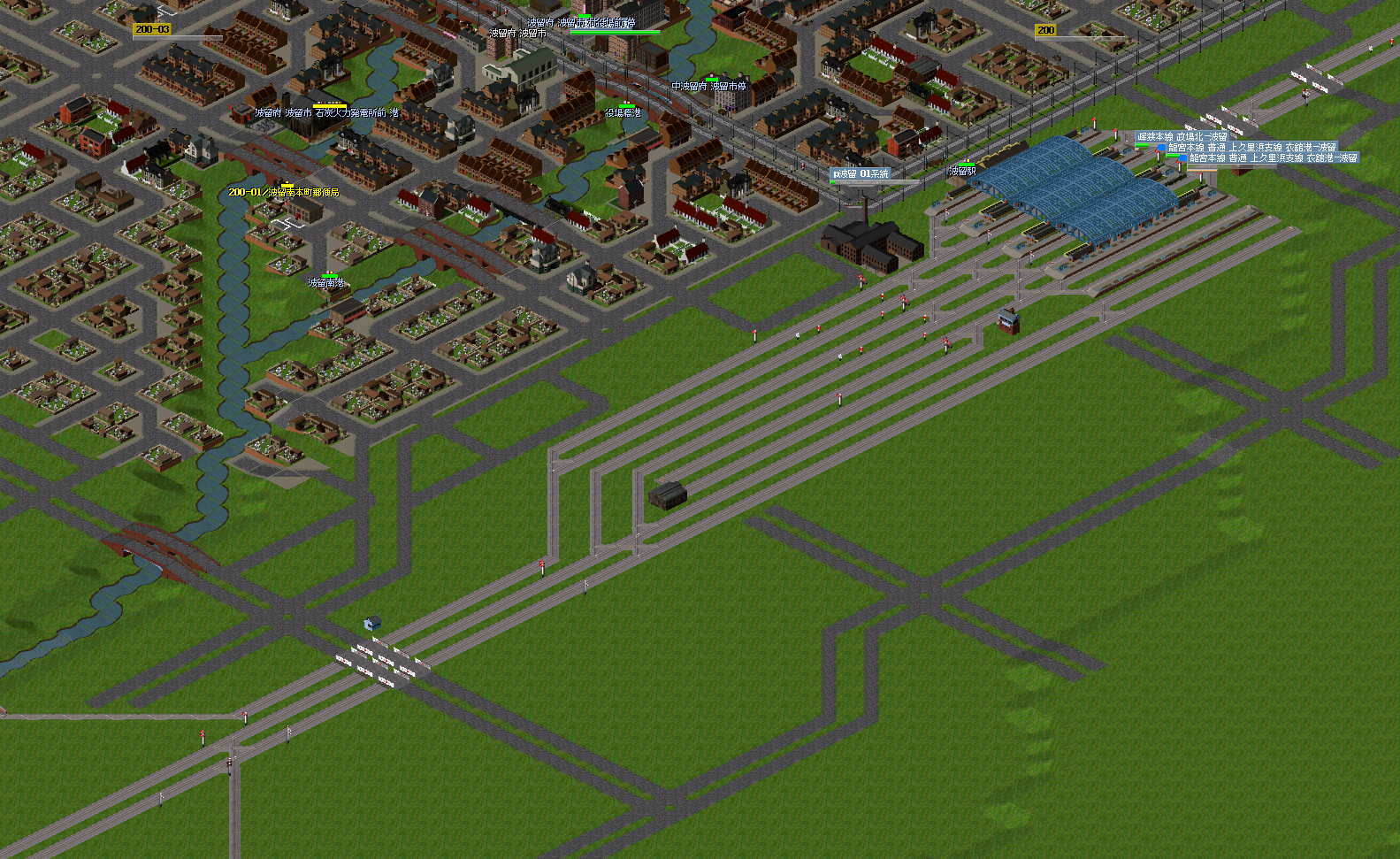
Today, I introduced the Minahasa Main Line. Although the towns and villages along the route are small, they will play an important role in the future transportation network. The construction, which included two mountain passes, was challenging, but it was accomplished thanks to the cooperation of the players. I truly appreciate the strength of multiplayer.
Tomorrow, I plan to introduce the section north of Paru. Please look forward to Day 11 of the Nanasaba 1st Season Development Diary!